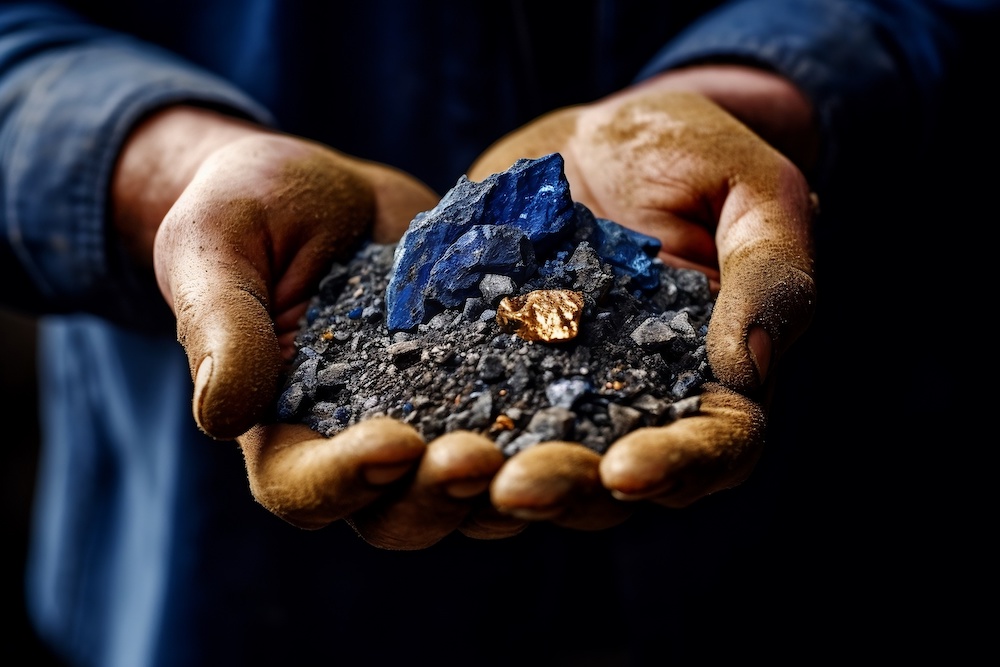What is 3TG?
3TG refers to four minerals that are commonly used in various industries, including the electronics, jewelry, and automotive sectors. These minerals are often collectively referred to as “conflict minerals” because their mining and trading have been linked to human rights abuses and armed conflict in certain regions of the world.
